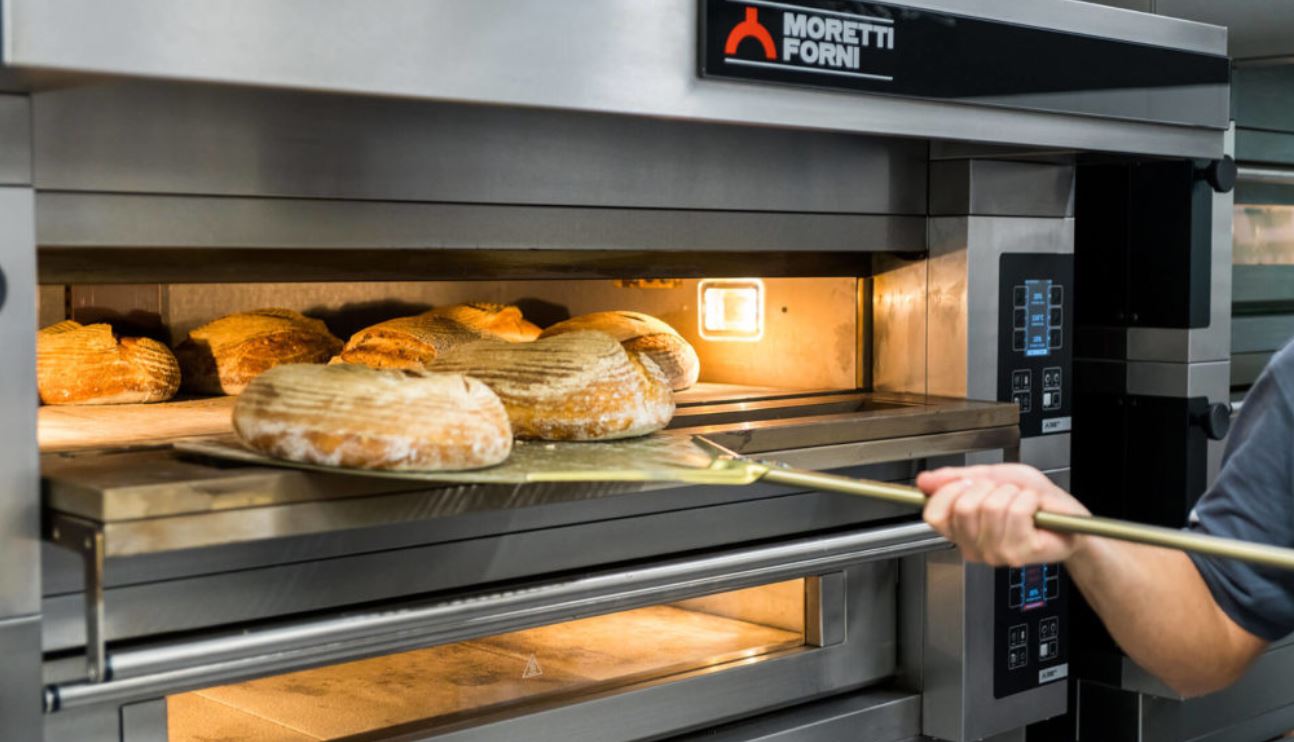Do you know why Tuscan Bread has no salt?
Tuscan bread – known as pane Toscano in Italy or pane di casa is a very distinctive element of the peasant traditional Tuscan cuisine. It is also recognized as a D.O.P status by the European Union; a product can be classified as a D.O.P (Designation of Protected Origin) only if it is produced in a designated geographic area according to some strict specifications. Parmigiano Reggiano and Gorgonzola are other important D.O.P. Italian products.
If you ever tasted bread in Tuscany you certainly have noticed that there is some other very unique fact about it. There is no salt. At all.
In order to obtain the prestigious D.O.P. status, each loaf of bread must be rhombus-shaped and not weigh more than 550g. If it’s a large loaf known as Filone will reach 2.2 Kg. The crust must be of a nice hazelnut colour; the marrow is ivory and shows irregular-shaped air holes. The texture of Tuscan bread is definitely more stretchy than mushy. It is supposed to be the only bread to be used for Bruschetta, Panzanella and Ribollita (very traditional Tuscan recipes) and … its main feature is the complete absence of salt.
It tastes weird at a first approach and you will definitely make the ritual question to the waiter… can I have some salt?
Indeed, there are several reasons that explain why Tuscan bread has been baked without for centuries. The first one and probably the most realistic is an economic motivation. As bread is a primary nutrition necessity common to every country and culture, people living in the region now known as Tuscany thousands of years ago, created this particular type of bread to react to a conflict situation where the commerce of salt towards the hinterland was blocked by the populations that had controlled access to the sea. This was basically a way to extort money from the hinterland citizens. Instead of paying unfair taxes on salt, local bakers start to bake unsalted bread.
Another theory relates the origin of Tuscan bread to especially flavoured ingredients and recipes of the Tuscan cuisine. To balance the spicy sauces and rich cured meats, this unsalted bread always represented the best complement to these flavours.
Now that we have given you a little of food history, it’s time to get serious and learn how to reproduce an authentic loaf of bread in your bakery shop and how to make use of this bread with a mouth-watering recipe.
Ingredients for one loaf of Tuscan Bread:
Biga ingredients:
- 125 grams of flour type “0”
- 1/3 of dry brewer’s yeast teaspoon
- 75 grams of room temperature water
For the second dough:
- 200 gr of Biga
- 500 gr of flour Type 0
- 300gr of room temperature water
- 1/3 of dry brewer’s yeast teaspoon
- 1 spoon of extra virgin olive oil
Biga Preparation:
The D.O.P. specifications for Tuscan bread ask for well-leavened dough prepared with soft wheat flour type “0”, containing wheat germ, water, and natural yeast. The importance of keeping the germ in flour is crucial to promote sourdough leavening.
Be careful not to confuse yeast with sourdough. The “Biga” technique is allowed: there are two pre-mixes that will be added to the first one to support the leavening.
- Place flour and brewer’s yeast in a large bowl and mix them together
- Pour water and mix the ingredients with the help of a spoon
- Start to work the dough with your hands
- Place the obtained Biga in the bowl and cover with cling wrap
- Leave to rise in a prover at 25 °C for 20-24 hours
Second Dough Preparation:
- Mix the flour and dry brewer’s yeast in a spare container
- At this point add the flour mixed with the brewer’s yeast to the Biga that you have previously left in a bowl to rest
- Mix well everything, first with a wooden spoon and then with your hands. If you can, a dough mixer will definitely be a great help and the dough with getting thick and heavy.
- You need to obtain homogeneous, well-kneaded dough.
- Place the final dough in a previously oiled bowl and let it rest for approx. 30-45 minutes, away from temperature fluctuations.
Shape Tuscan bread:
- Separate the dough into two balls of approx. 500 gr each
- Roll the two parts until you reach and long rhomboidal shape
- Cover the loaves with a cloth and let them rise until doubled in volume. It normally takes about 2-3 hours
Bake Tuscan Bread. Traditionally this bread would be wood fired and releases a nice toasted hazelnut scent. It lasts for few days and its flavor gets more intense with the time if well preserved in a moist but not humid environment. Although, according to the D.O.P requirements you can also bake your loaves in an electric steam oven.
At Euroquip we baked our Tuscan bread in a Moretti Forni serieS steam oven with stone floor and a 30cm high baking chamber and prover (that we used to rest our dough).

This range of baking ovens represents the lowest energy consumption in the market. Moretti Forni achieved a new important goal: 30% energy saving. Thanks to sophisticated technologies and to special and innovative insulating materials this leading Italian producer of static ovens was able to dramatically reduce unnecessary energy dispersions towards the external. This ovens range boasts a number of sophisticated technologies exclusively registered and owned by Moretti Forni.
- Adaptive-Power®Technology, that allows managing the power control according to the load inside the baking chamber.
- Dual-Temp®Technology, a patented system that separately manages 2 temperatures inside the same baking chamber
- Smart- Baking®Technology, for the separate management of the ceiling and floor power control
- Power-Booster®Technology, to efficiently manage the pick times
- Half-Load®Technology to manage partial loads
- Eco-Standby®Technology to efficiently manage break
**
You can also try serieF convection ovens










